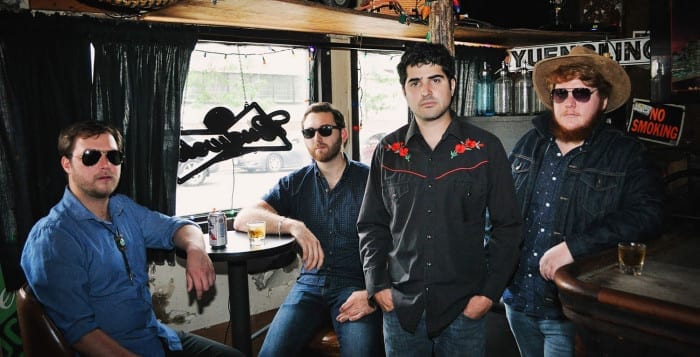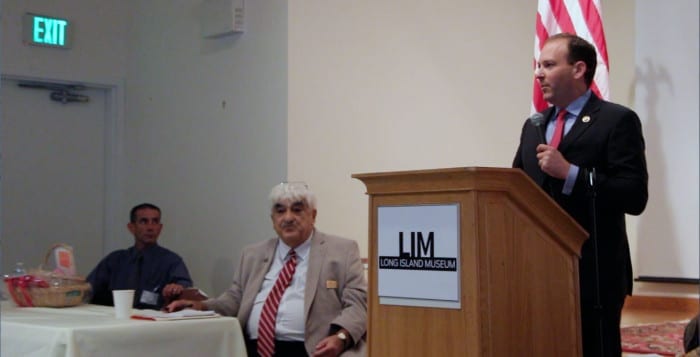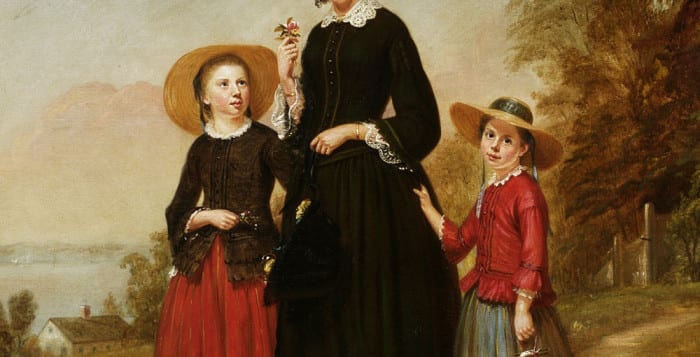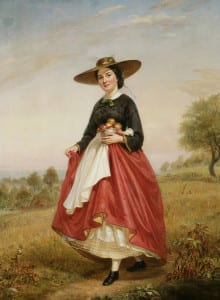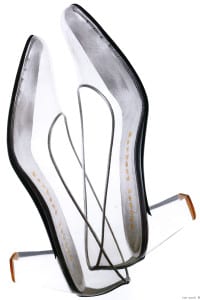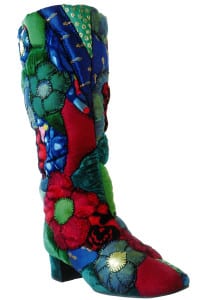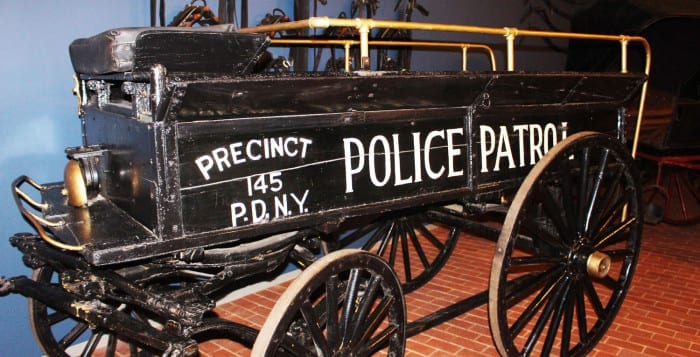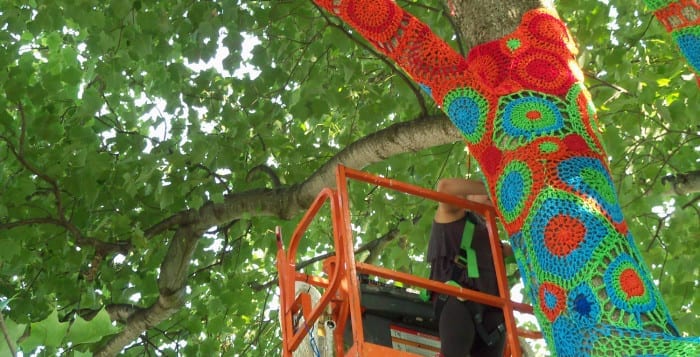By Ellen Barcel
The University Cafe at Stony Brook University will be closing early in 2016 due to renovations of the Student Union, but that doesn’t mean that the wonderful series of Sunday Street Concerts, which have been held there for more than a decade, will be ending.
First, going out with a really special performance, the Sunday Street Concert series will present its final show at the University Cafe on Saturday, Dec. 12, which will include Butchers Blind, Chris Connolly and Bryan Gallo, beginning at 7:30 p.m. Tickets are $10.
“For our last hurrah at the cafe, we’re presenting some of Long Island’s finest young musicians in a very special evening to benefit WUSB-FM and the Sunday Street Series as it moves to its new venue,” said Sunday Street Concert series producer Charlie Backfish.
Then, changes will take place. One is that the venue itself will change, effective 2016. Future concerts will be held down the road in the Gillespie Room of the Carriage Museum at the Long Island Museum, in Stony Brook. Wine, beer and cider will be available there.
A second change is that the concerts will be open to all ages. “That’s particularly good news because we have had parents wanting to bring their children to shows but had to say ‘no’ due to the university policy for the cafe,” said Backfish.

A third change is sponsorship. “This new direction for us is an interesting partnership between the Sunday Street Series, WUSB Radio (90.1 FM, the university’s own radio station), the Greater Port Jefferson Arts Council and the Long Island Museum,” said Backfish. “LIM has been expanding their programming to include music (the North Shore Pro Musica is already holding their concerts there), the GPJAC supports live performances in our area, and the Sunday Street Series of WUSB was seeking a new venue in order to continue. This all was a perfect match.”
Backfish, who is the director of field experience and student teaching in the Department of History at SBU, also hosts the radio station’s Sunday Street morning program, from 9 a.m. to noon. featuring acoustic, folk and singer-songwriter music.
“I’ve had a lot of performers joining me on air during my radio program, Sunday Street, on Sunday mornings on WUSB. Norm Prusslin, the former general manager of WUSB, suggested thinking about having some of these artists follow up a radio appearance with a show at the University Cafe, at that time a new venue,” he said. “It seemed like a very good idea and the result has been this series, which has now had 175 shows during its existence.”
What will not change is the great lineup of musicians who will be performing. The first concert of the new year is scheduled for Sunday, Jan. 17, at 3 p.m. when Sloan Wainwright, known for a variety of American music styles including pop, folk, jazz and blues, will be performing. Tickets are $22 in advance, $27 at the door (cash only), if available. “Sloan Wainwright is a great singer whose amazing alto voice powers songs of others as well as her own songs. No surprise since she is part of a well-known musical family, with her brother Loudon Wainwright, and her nephew Rufus and nieces Martha and Lucy,” added Backfish.
The second scheduled 2016 performance will be on Sunday, Jan. 31, at 3 p.m. when Willie Nile will be performing. Advance sales are $25, $30 at the door (cash only), if available. “Willie Nile is a legendary figure on the rock music scene who came to prominence with a debut album hailed by critics. He writes powerfully and always delivers high-energy performances … Since his most recent album is a collection of his songs played on a grand piano, we’re looking forward to Willie making use of the grand piano in the Gillespie room at LIM,” said Backfish.
Another thing that won’t change includes the annual Dylan show. “Our annual celebration of Bob Dylan’s birthday in May has always been special since we assemble a group of musicians who are devotees of Dylan’s work … We’ll continue this tradition at the LIM on Saturday, May 21, at 7 p.m.,” said Backfish. “Coincidentally, the museum at the time will be presenting a traveling exhibition from the Rock and Roll Museum and Hall of Fame,” he added.
The future schedule includes the Scottish band, The Paul McKenna Band in March, Ian Matthews and Plainsong in a tribute to Richard Farina in April and John Gorka, also in April. For details and tickets for the 2016 performances go to www.sundaystreet.org or www.gpjac.org.
The museum, which curates a large number of Setauket artist William Sidney Mount’s paintings, is a very appropriate venue for concerts. Mount not only had many musical themes in his paintings but also played the violin himself as well as designing a violin. “You can almost hear echoes of” him at the museum, noted Backfish.
The Sunday Street Concerts received a warm “reception from the folks at the Long Island Museum,” he added. “I’m really happy we were able to do this. The people at the LIM … want to expand their music — it’s very timely.” Backfish noted that the movement to the Long Island Museum really “expands what the museum does since they already are the venue for North Shore Pro Musica’s concerts.”
The move to the LIM “parallels some of the things they will be doing. For example, an exhibit on traveling music festivals … It couldn’t be better timing,” noted Backfish, adding, “We’re delighted that the LIM has been so supportive in enabling us to continue this series in a great new venue.”
“We are very fortunate to be involved in this,” said Neil Watson, executive director of the LIM. “This is our second season of North Shore Pro Musica. The museum is a cultural hub. We are trying to engage as many people as we can, create as many experiences as possible. I was interested in creating a singer/songwriter series after Pro Musica. When Charlie came to us about losing their space, the collaboration with him grew — a great marriage. We have a wonderful space and sound system and Charlie has the experience booking the talent. I’d like to do a jazz series in the future. We are beyond thrilled, so happy about it. People can experience the museum not only through their eyes but their ears.”
Regarding the future LIM music exhibit beginning in May, Watson noted, “It’s an opportunity to look at culture … All festivals were a lightning rod for more than just music.” He added that during the exhibit there will be talks, panel discussions and additional music.
Backfish will welcome Watson and Joshua Ruff, director of collections and interpretation of the museum, as his guests on Sunday morning, Dec. 13, on his show on WUSB (90.1 FM and wusb.fm) to discuss the partnership of the Sunday Street Series with the Long Island Museum.
The Long Island Museum of American Art, History and Carriages is located at 1200 Route 25A in Stony Brook. It is a Smithsonian affiliate. For further information on the museum, visit www.longislandmuseum.org or call 631-751-0066.

